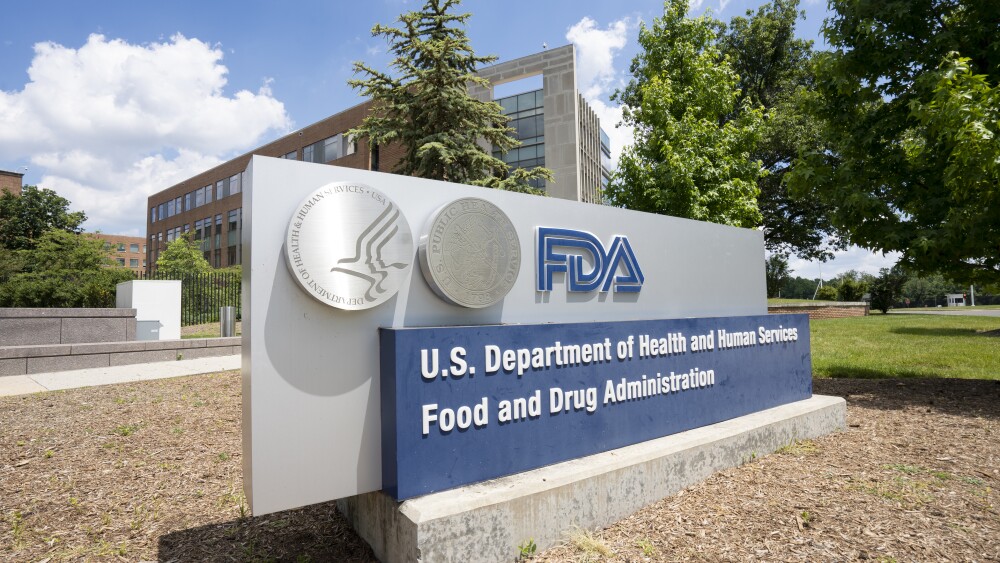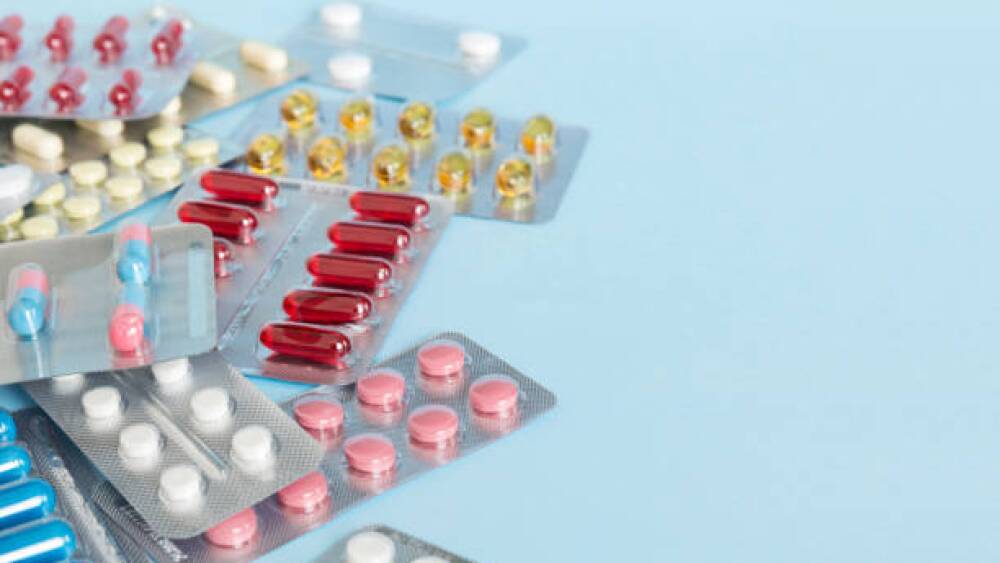The plausible mechanism pathway “could accelerate gene therapy/editing development,” analysts at William Blair said Thursday, while adding that additional clarity is needed.
Individualized therapies for rare diseases will now have a clear shot to the market after FDA Commissioner Marty Makary and Center for Biologics Evaluation and Research head Vinay Prasad announced the agency’s new “plausible mechanism pathway” for approval.
Makary and Prasad said this new pathway will benefit experimental treatments for diseases that affect an exceedingly small patient population, and for which a randomized trial would not be feasible. They unveiled the new pathway in an article published in The New England Journal of Medicine on Wednesday.
In a note to investors Thursday morning, William Blair analysts wrote that the plausible mechanism pathway “could accelerate gene therapy/editing development but additional clarity [is] needed.”
In their NEJM paper, the officials referred to the case of Baby KJ, who in May this year was treated with a single-use CRISPR therapy that was produced specifically for him. KJ was diagnosed with CPS1 deficiency, an ultra-rare genetic condition that renders the body incapable of breaking down urea, resulting in a toxic buildup that can cause permanent brain damage or death.
Following his bespoke CRISPR treatment, KJ was gradually able to process the dietary protein, Makary and Prasad wrote on Wednesday, and has seen notable clinical improvements. Baby KJ and his case, they added, “define the FDA’s plausible mechanism pathway.”
In particular, Makary and Prasad emphasized that having a known biological cause for the disease and using a therapeutic product that specifically targets these underlying biological processes will be central to this new regulatory program. Evidence that a drug candidate can successfully engage its biological target will also be needed, as will signs of clinical improvement in the patient.
The FDA officials however clarified that marketing approval can only be granted “once a manufacturer has demonstrated success with several consecutive patients with different bespoke therapies.”
Once approved via this new plausible mechanism pathway, drugmakers will have to collect real-world efficacy and safety data as a post-marketing commitment, with the goal of not just validating its therapeutic value, but also to see whether the product could cause unexpected safety issues or compromise childhood growth and development.
The scheme will prioritize rare diseases, but Makary and Prasad are also interested in expanding this to more common conditions, especially those that have no alternative treatments or that have remaining “considerable unmet need” despite existing therapies.
“The application of the pathway, particularly beyond rare and ultra-rare diseases is a bit more unclear,” William Blair wrote, noting that based on the framework, CAR Ts being developed for autoimmune diseases could pursue the pathway if regulators consider pathogenic B-cells the underlying cause of the disease.
“However, patients are often diagnosed based on symptoms and the presence of autoantibodies, the latter of which can vary between patients,” the analysts continued. “Therefore, its unclear if CAR-Ts would qualify for the pathway and/or if patients with different autoantibodies would be considered as having different underlying biological causes of the disease.”
An approval could also mean more streamlined reviews for companies down the line, according to Makary and Prasad. Sponsors and drug manufacturers will be able to use “platform data” from their personalized product to support applications for similar assets in other indications, they write in the NEJM paper.
“The FDA has heard from patients, parents, researchers, clinicians, and developers that current regulations are onerous and unnecessarily demanding,” the colleagues wrote.
With the new plausible mechanism pathway, “bespoke therapies are close to reality.”






